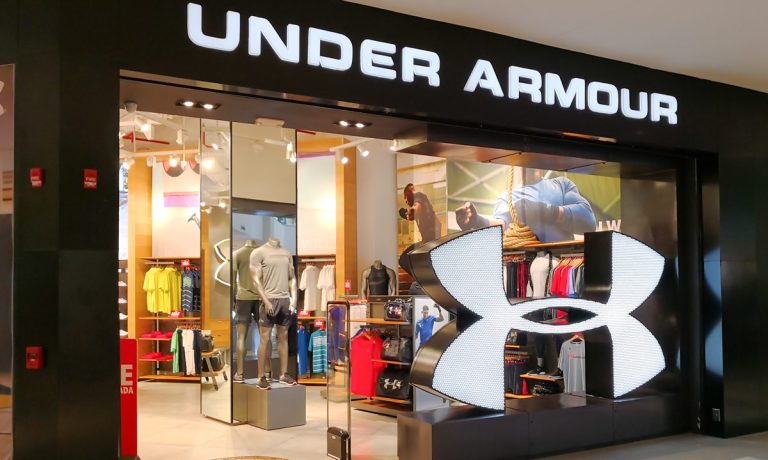With Stock at Clearance Sale Price, Under Armour CEO Departs

In the retail industry, a “50% off” clearance sale is how brands routinely move-out last year’s unsold inventory.
On Wall Street, however, a 50% discount in a company’s stock is often the trigger for leadership changes and dramatic turnaround plans.
In the case of Under Armour, whose stock has been cut in half over the past six months, both outcomes are now in play after the Baltimore-based athletic apparel company announced that CEO Patrik Frisk is stepping down after just two years in the top job.
“As we transition, we are committed to identifying additional opportunities to drive improved returns for our shareholders and deliver for athletes, partners, and teammates,” Under Armour founder and Executive Chairman Kevin Plank said in a statement, which also noted that the battered business was “evolving” and had a “huge opportunity” in front of it.
Transition to Transition
As the search for a successor begins, and current COO Colin Browne gets set to assume the interim CEO role June 1, the previously announced sweeping, multi-pronged transformation will continue. Those efforts are aimed at mitigating supply chain disruptions from China, growing the company’s direct-to-consumer and eCommerce sales channel and reversing a slump in footwear sales which fell 4% last quarter and are dwarfed by the company’s apparel revenues.
“It’s essential to look past near-term pressures and focus on the long-standing end prize,” Frisk said on the company’s May 6 conference call, in which he expressed confidence that the turnaround was underway, and that profitable, top-line growth was his “#1 priority.”
“The price of freight, supply chain challenges and COVID-19 are not as powerful as the global passion for sport,” Frisk commented after the company’s results had been met with a 25% sell-off.
The impending C-suite transition also comes on the heels of the company’s previously announced transition to a new fiscal year format, which as of April 1 saw it embarking on the first quarter of fiscal 2023 rather than the second quarter of 2022.
A Tough Two Years
To be sure, Frisk’s 28-month COVID-era leadership tenure at Under Armour (UA) was not under ideal circumstances, as he took the helm just two months before pandemic lockdowns would change the world as we know it while also ushering in a period of supply chain disruption that persists today.
While some UA rivals, such as Adidas, have delivered comparable market declines during that two-year period, players such as Nike and Lululemon have fared better and been able to grab market share at a time when demand for casual, or so-called “athleisure,” shoes and clothes has surged.
While the past six months have clearly been challenging for UA investors, the company’s underperformance has been a long-standing problem that predates Frisk’s original arrival to the brand in 2017.
In fact, a five-year comparison of Nike and UA reflects the sector leader gaining more than 100% at a time when the 25-year-old upstart saw its stock drop 45%.
UA’s Pain, Reebok’s Gain
As the turmoil and leadership transition at UA plays out, competition in the space continues to change and intensify, with new players and secondhand sellers such as StockX disrupting the industry alongside recent expansion efforts into golf and tennis by Lululemon.
There’s also the budding re-emergence of brands like Reebok, which has recently come under new ownership and is looking to forge its own comeback via new shoes, clothes and celebrity endorsements deals aiming to restore the sneaker maker to its 1980s heyday.
Add in Nike’s push to grow its direct-sales business at the expense of its wholesale business and retailers like Foot Locker, and the race to outfit athletes of all ages, sizes and geographies gets even more complicated.
While there is clearly a “huge opportunity” in this segment of the industry, there is also an enormous challenge awaiting the person who ultimately looks to fill the shoes of UA’s outgoing CEO.